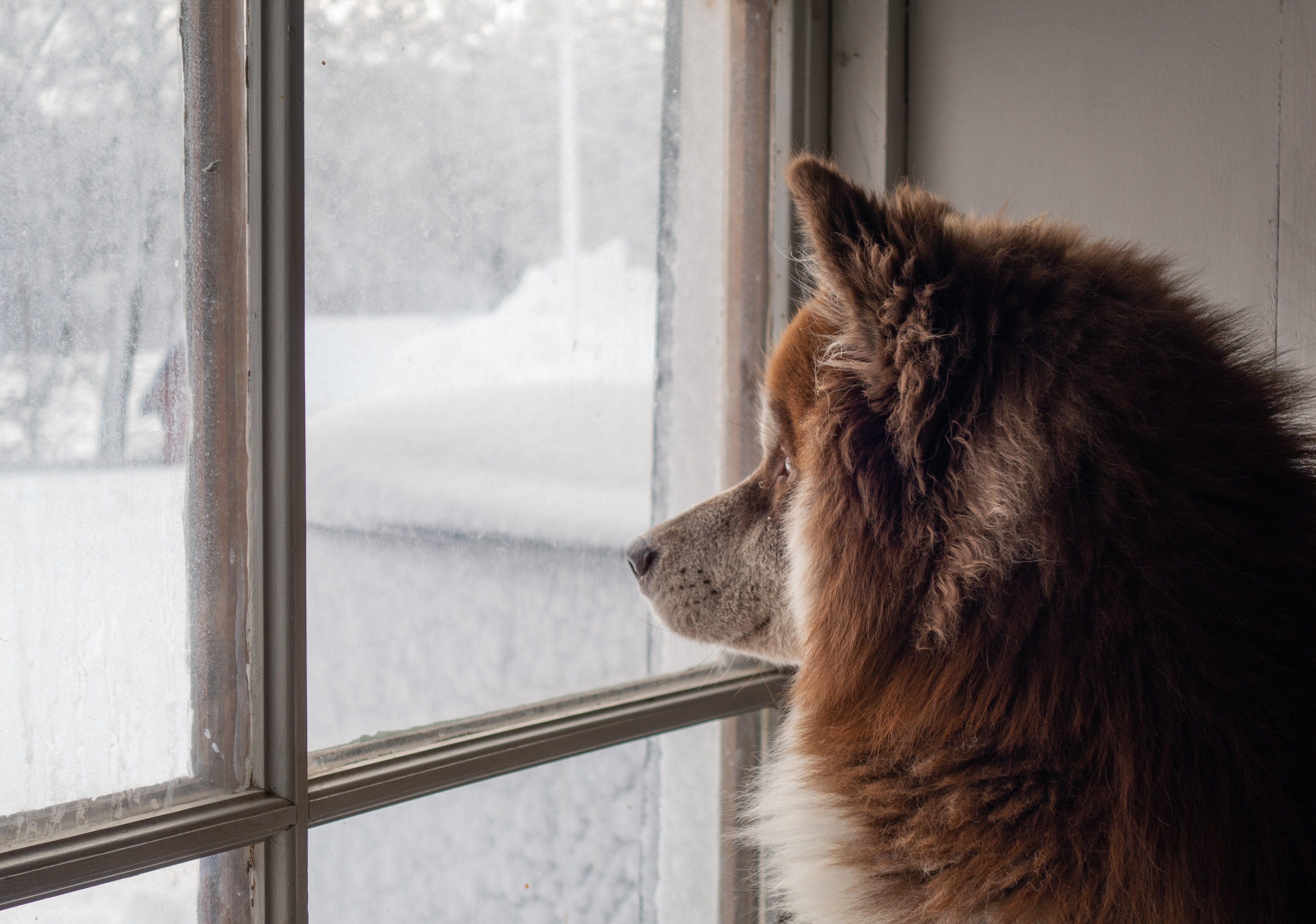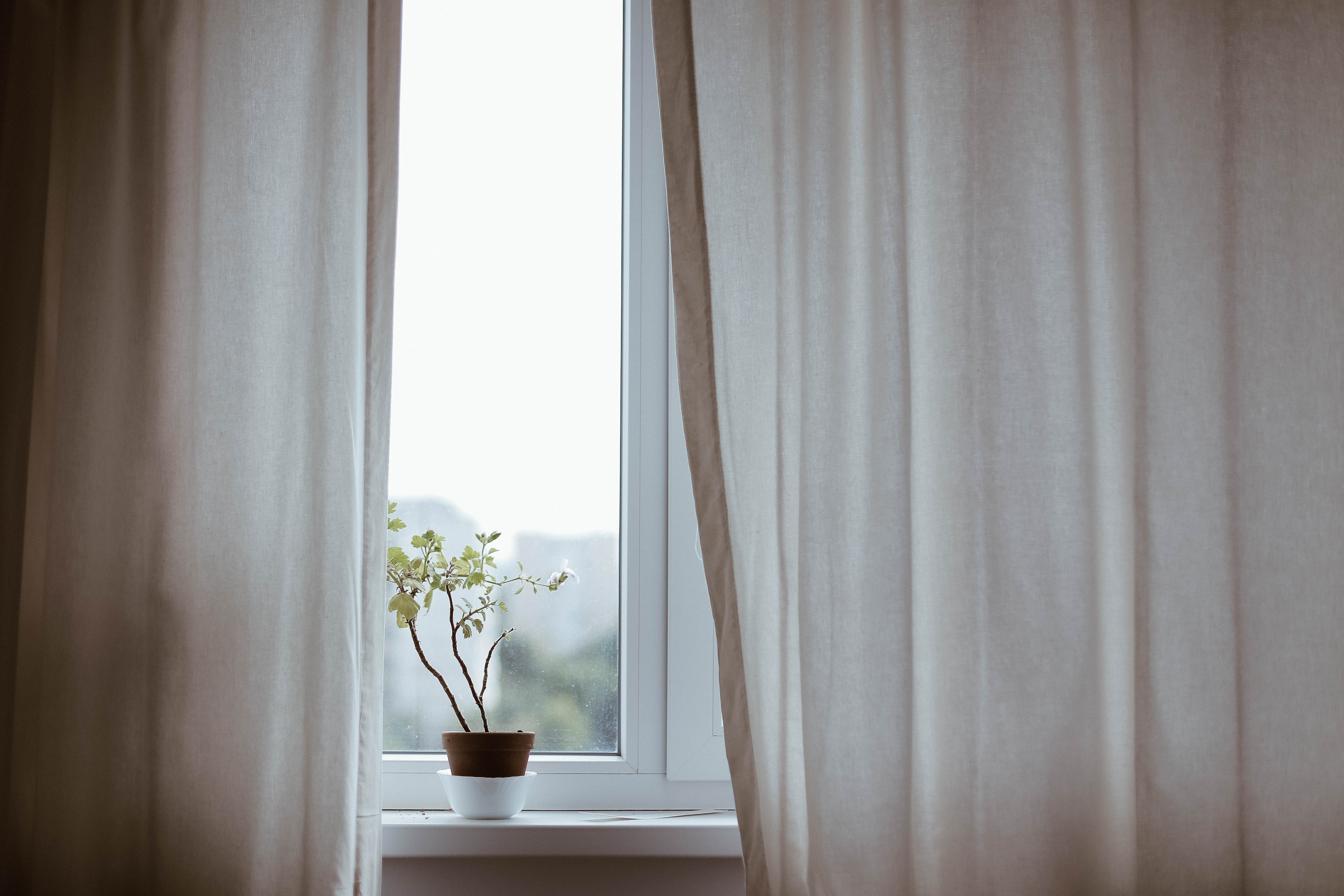Note: This information is intended as general advice only and may not account for your unique circumstances such as usage habits, home and power provider.
In New Zealand, we have a diverse range of building materials and designs, not to mention some less than stellar insulation left over from an era when building codes or practices didn’t really consider the big swing in temperatures we experience. Older houses in places like Wellington and Dunedin adopted a certain aesthetic and build style that really isn’t made to stand up to long periods of cold, damp weather.
But even new homes that are built to modern regulations with much more appropriate thermal insulation need heating to keep everyone warm in Winter.
In this guide you’ll learn things like:
- Getting the most out of the heat you generate
- The importance of air quality for heating
- Why efficient heating isn’t simply down to a heating appliance
Check your insulation and double glazing
Before any heating of a home gets underway, we suggest that you do a full audit of the home for insulation. Insulation is important because it helps to maintain the internal temperature of the home - whether that’s keeping it cool in summer or warm in winter.
Insulation comes in a variety of methods. The most common is insulation material added into the wall cavity, ceilings and under floor. If a home has insulation in all 3 places, there’s far less opportunity for air to escape or be affected by external environmental factors. If you’ve ever been to a home where it stays warm for hours after the sun goes down or heaters are off, it’s insulation that would have been doing this.
 The next area of insulation that can really help is double glazing for windows. While new homes will almost always have double glazing, thousands of older homes across the country still have single-pane windows that unfortunately fail to adequately regulate temperature. This will mean that sun pouring through a single-glazed window can heat a room up quickly, but it will also mean that on colder days the outside temperature can quickly affect the inside environment. The worst part about single glazing is that your heating efforts inside can be partially wasted as there’s less of a barrier between inside and outside. Many old single glazed windows also suffer from worn or poorer quality framing which creates gaps for drafts and air to escape.
The next area of insulation that can really help is double glazing for windows. While new homes will almost always have double glazing, thousands of older homes across the country still have single-pane windows that unfortunately fail to adequately regulate temperature. This will mean that sun pouring through a single-glazed window can heat a room up quickly, but it will also mean that on colder days the outside temperature can quickly affect the inside environment. The worst part about single glazing is that your heating efforts inside can be partially wasted as there’s less of a barrier between inside and outside. Many old single glazed windows also suffer from worn or poorer quality framing which creates gaps for drafts and air to escape.
Double glazing isn’t a cheap process, so you may wish to get quotes for a select few rooms that are priority for heating or explore retrofit options.
Keep the air clean and dry
Air quality is so critical for the comfort of everyone in the home, but it’s also essential for heating a home during Winter. The challenge in Winter is that opening up the house to let outside air come through might not be practical with poor weather.
When air is filled with moisture, dust particles and allergens, it is essentially ‘heavier’ in that there’s more matter to be heated beyond standard clean air. When you run heaters in a damp room, the heat has to warm up moisture along with the clean air. This can make heating take longer, but definitely makes it a less efficient process. If you have a heater that automatically switches off or maintains a certain temperature, it will need to work harder to keep this level of heat. You may notice that switching a heater off in a damp, musty room returns to being cold pretty quickly.
A room (and house) with less moisture and particles in the air usually warms up quicker and stays that way for longer after the heater is off. To keep the house dry you might try any of the following:
- Run a dehumidifier in the room you’re looking to dry out - set the moisture level according to how damp the room tends to get, and make sure you empty out the water catchment regularly. Try to place a dehumidifier in the room then close it off so it can pull moisture from that room better.
- If your home has a ventilation system, ensure the filters are clean and then run it to a set comfortable temperature. These systems use a process to move air around, filtering particles like dust and allergens and pushing fresh air into the home. A properly ventilated home should be much easier to heat quickly.
- On clear days, open up the windows of the home and let air naturally flow through the home. Even in Winter there should be opportunities to do this. This is the natural alternative to a ventilation system. There’s nothing quite like fresh air to help a home feel clean as well.
- Ensure that cooking and showering are activities that are very well ventilated and avoid steam and smoke escaping into the rest of the home. Good kitchen and bathroom extractor fans will help with this, as will opening up the windows wide.
Close curtains and blinds as temperature drops
Along with fixed insulation, you can help manage the thermals of your home by closing curtains or blinds prior to the sun going down and temperature dropping. This way you can preserve the day-time indoor temperature and simply use the heater to maintain a comfortable warmth.
 Better still, if you have ‘thermal’ curtains, these will have an additional layer in the fabric designed to act as insulation from outside temperatures. Most home-specific curtains you buy now will have some thermal layering. Blinds, whether they’re venetian or fabric-style will do some of the job in shutting out the external temperature, so shut up shop before the sun goes down and you’ll have a better time heating everyone in the early evening.
Better still, if you have ‘thermal’ curtains, these will have an additional layer in the fabric designed to act as insulation from outside temperatures. Most home-specific curtains you buy now will have some thermal layering. Blinds, whether they’re venetian or fabric-style will do some of the job in shutting out the external temperature, so shut up shop before the sun goes down and you’ll have a better time heating everyone in the early evening.
Remove any barriers to heating moving around the home
Heating a home in Winter effectively also relies upon your heating source to function properly. Allowing heat flow to reach all parts of the room - or multiple rooms, is important. If you’ve got a heater that can be moved around, place it where it will not be impeded by furniture or walls. Even more important to consider is where to install a fixed heating system like a heat pump. If you opt for a system through a provider who also installs the heat pump, they should provide expert consultation around the most effective position of it, along with where to place the outside unit.
Section off the home
Heating a room is faster, cheaper and easier than an entire home. Most heating solutions aren’t designed to heat the whole home at once unless you have a ducted system with vents placed throughout the home or a heat transfer solution.
If you’re looking to keep the living area warm, shut off each door and simply heat that area first. A smaller room like an office or nursery might only need a shorter burst of a fan or column heater when closed off. Control the area to heat, control your costs!
Test your heating for best results at lowest cost
Where many households go wrong with their winter heating is they simply run the heaters when it's cold and turn them off when it's not. While this makes sense, the real savings around heating are done with experimentation around temperature levels, running time, placement, and time of day.
Getting the right mix of heating, insulation and habits takes trial and error. Here’s some things you can try:
- Set heaters on a timer switching on before the temperature decreases outside.
- Run heaters for a set duration, and test how long it takes for the air to cool down after the heater goes off.
- Running heaters in smaller rooms for short bursts.
- Closing off all doors to the living area before heating.
- Letting natural sunlight come into the home before it gets cold.
- Trying different temperature levels - this can be a huge saver as 18-degree room temperature is comfortable to live in. Try setting your heat pump at this level on a low-power fan speed and see if this meets your needs in winter.
Combine these with close monitoring of your power usage and costs and over a few months you’ll start to work out what heating habits work best for you this winter!